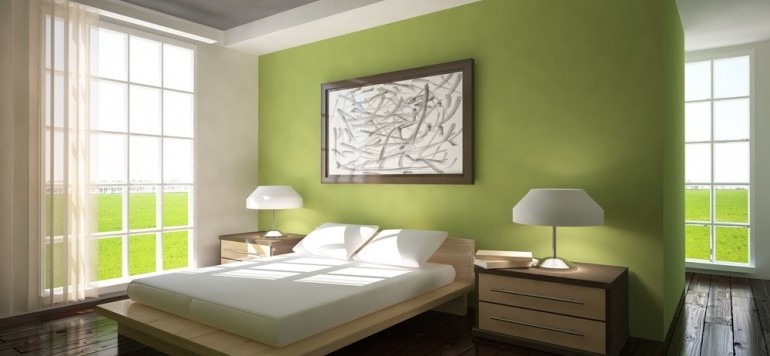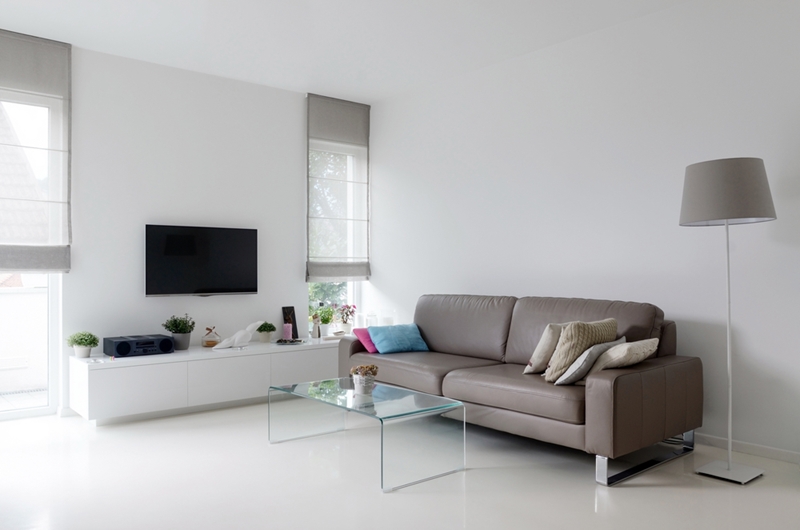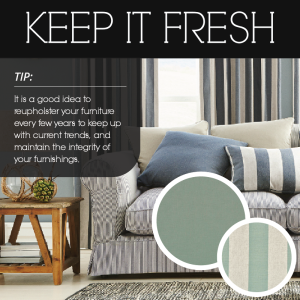
It’s a lovely feeling to sit in your living room, basking in the sun, with a breeze flowing through the open window as you devour a book.
What’s less wonderful is when you realise that your interior design fabrics have faded in the sun! Even if it’s the back of your couch, which no one really sees, it’s a lighter hue overall than the rest of the piece. If you do choose to rearrange your furniture, you’ll need to be careful not to expose any faded fabrics – annoying, right?
Why does it happen? Well, it’s the ultraviolet (UV) rays in sunlight that are the main culprits. Just like how they can damage your unprotected skin, they can also have an adverse effect on your upholstery fabrics. Fading occurs from overexposure, and eventually your fabric will turn dry, brittle and prone to breakage. Here are some ideas to help you combat this issue.

Is constant sun exposure fading your furniture fabrics?
Musical furniture
Probably the most cost-effective way is to change the layout of your furniture from time to time. This evens out the exposure to sunlight, and ensures that no one piece of furniture is suffering the rays of the Australian sun. Fading can still occur, only very slowly. If your couch or chairs have removable cushions, flip them over so each side wears out evenly.
You’ll get to be creative with your room’s interior design, and it can add a refreshing touch to your room each time you rearrange items.
Tint away the rays
It’s not always easy to push and pull furniture around. You may create and reveal unsightly dents in your carpet, or maybe you just don’t have the time to move everything. There are many accessories you can use to prevent fading long-term.
Linings not only help to insulate and promote circulation within a room, but can be hung behind curtains to protect that fabric too. Tinted windows are another option, blocking those UV rays from harming both your furniture fabrics and your skin.

